Mozambique: Boy kidnapped in Maputo - reports
Mozambique: Drought in south, attacks in north threaten food security
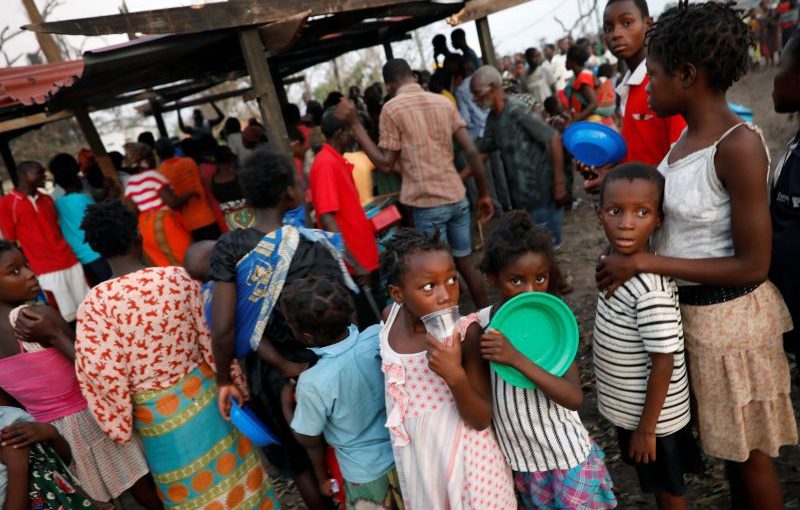
File photo: Lusa
The drought in southern Mozambique and the armed attacks in the extreme north are the main threats to food security in the country, on Tuesday warned the Famine Early Warning Systems Network (FEWS Network) which brings together American organisations.
Those two regions are in the crisis phase, level three, of food risk, on a scale of one to five, from minimum risk to the most serious, respectively, according to the network’s latest report.
The crisis phase (level three) persists in the areas of the semi-arid South, where families face a second consecutive year of poor harvest due to drought, the document said.
The same situation happens in part of Cabo Delgado, where the armed conflict continues and where tropical cyclone Kenneth interrupted the 2019 agricultural season.
In addition to these more worrying areas, the provinces of Sofala, Manica, part of Zambezia and Tete, in the Centre, face a phase of stress (level two), which is only no longer serious thanks to the humanitarian support that followed Cyclone Idai – which devastated the area in March.
According to the report, from July to August, corn grain prices rose rapidly in the markets of Tete, Chimoio and Nampula by 40% on average, based on observation in local markets.
The increase in typically surplus markets reflects a supply below the average, which is expected to continue until February 2020 due to atypical conditions at the beginning of the fallow season.
Rainfall at the start of the 2019/20 rainy season will probably be below average, with a late and uneven start in the central and southern areas, according to international and national forecasts cited by the FEWS network.
Weather conditions are expected to result in delays in the start of the season, with a reduction in the area planted.
Accumulated rainfall for the 2019/20 season is expected to be above average in northern Mozambique, but areas in the south are likely to continue to suffer from below-average rainfall.
The FEWS Network was created by the United States Agency for International Development (USAID) in 1985 to support decision-making in the management of humanitarian support.




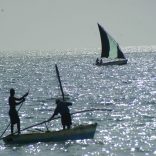

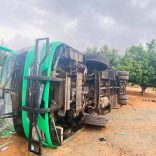
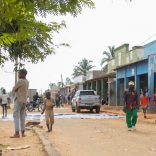
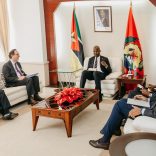




Leave a Reply
Be the First to Comment!
You must be logged in to post a comment.
You must be logged in to post a comment.